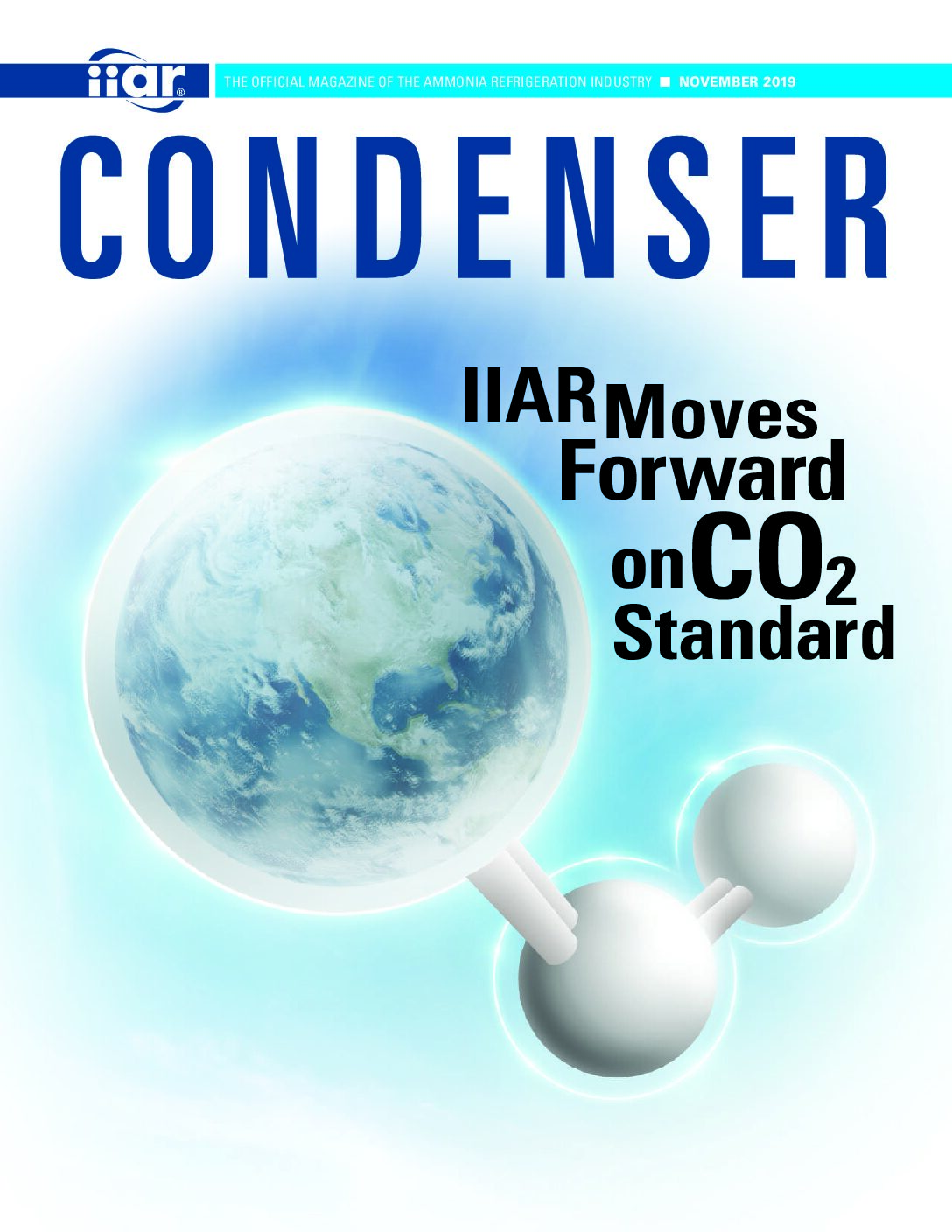Register Now, the IIAR Heavy Equipment Show is Just Around the Corner!
The end of the year is coming to a close quickly, and that means your IIAR staff at headquarters is busy preparing for the next annual conference, in March at the Rosen Shingle Creek Hotel and Resort in Orlando, Florida. I’m excited to announce many additions to this Heavy Equipment Show that are new in 2020 and highlight the many advantages of IIAR membership, so consider this your official invitation to another can’t-miss IIAR conference!
Read More















